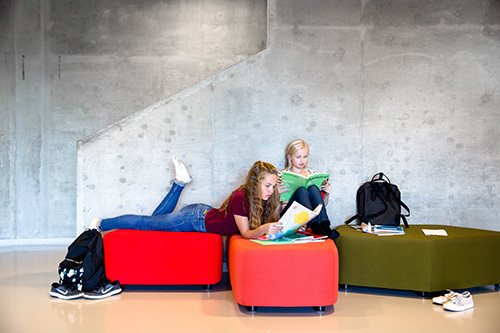
Finnország, a favorite for us here at A globális keresési Education, is renowned for its innovative and progressive thinking when it comes to education. So I was delighted to speak to Kirsti Kauppi, the recently appointed Ambassador of Finland to the United States. Ambassador Kauppi has over 30 years of experience in foreign policy. She grew up in northern Finland in a small village close to Oulu. She’ll work to improve Finnish-American relations and build people’s interests and knowledge regarding Finland. In our interview which follows, she discusses what we have to learn from Finland and what Finland has to learn from us, as well as how both countries can work to boost sustainability in education. Ezen túlmenően, she had much to share about 21st century learning strategies and intelligent hybrid classrooms.
Ambassador Kauppi – what does America have to learn from Finland and Finland from America?
How to best educate our children is one of the biggest questions in both of our countries. The world is changing very fast. The future poses new challenges to societies and individuals as well. We need an educational system that equips us to face those challenges and to make the most of our lives – újra, as individuals but also as societies and, in the final analysis, as humankind. Finnország egy kis nemzet, and in our history education has always been seen as a means to tap all the resources of the society. What I have always admired in the USA, is the optimistic attitude and a healthy self-confidence that children grow up with. I think we have a lot to learn from each other as we seek to build the future of our own countries and of the world.
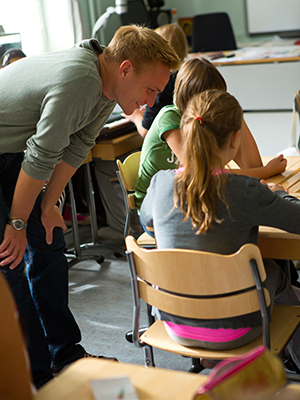
How can education encompass the goals of the UN 2030 sustainability agenda? How can peace, prosperity, and environmental consciousness be integrated into the classroom?
If we are to achieve the joint goals adopted in the UN in September, they have to be part of everything we do, beleértve az oktatást. From the point of view of education, not only the goal number four, “quality education,” is relevant, but all 17 goals of the Agenda are.
There are important education specific processes going on at the universal level on the essence of education for sustainable development (ESD). Például, the 38th session of the General Conference of UNESCO approved the Framework for Action for Education 2030 Agenda in November.
Oktatás 2030 is a major achievement of the international education community. It emphasizes inclusive and equitable quality education and lifelong learning opportunities for all, regardless of their background. Továbbá, the Global Action Program (GAP) on Education for Sustainable Development and the related roadmap for implementing were adopted in 2014.
The GAP has two objectives. Első, to reorient education and learning so that everyone has the opportunity to acquire the knowledge, szakértelem, values and attitudes that empower them to contribute to sustainable development – and make a difference. And second, to strengthen education and learning in all agendas, programs and activities that promote sustainable development.
Finland values these frameworks on education, and is examining for its part what their implementation means to us, and to our current education practices. One possibility is to create a national plan on how to fulfill the goals of our international agreements.
Education for sustainable development is well integrated into the Finnish educational system. It is one of the main goals of the government concerning basic education and distribution of lesson hours. In the new Core Curriculum for Basic Education, sustainable development is part of all seven cross-cultural cross-cutting competence-areas or themes that are included in all instruction, particularly in the cross-cutting theme of “Participation and building a sustainable future”.
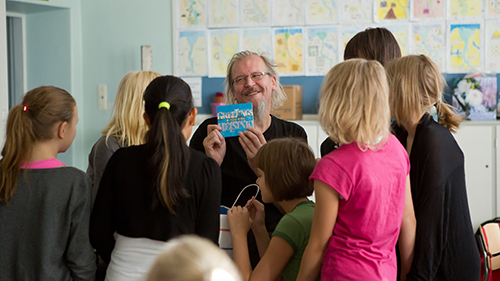
Can you speak to me generally about Finland’s new “Phenomenon-based” vagy “topic-based” learning initiative? How it is different from traditional subject based learning?
We talk about the 21st century skills. Ezek a képességek közé tartozik a kritikai gondolkodás, searching, producing and applying information, hogy hogyan kell tanulni, ICT-skills, social skills and all-in-all a broad know how surpassing the explicit knowledge taught in specific disciplines. The new core curriculum gives these skills much emphasis.
They represent a know how that is to be attained in seven sectors of the core curriculum: 1) thinking and learning how to learn, 2) kulturális megértés, communication and expression skills, 3) everyday life skills and knowledge to take care of oneself, 4) multiple literacies, 5) ICT-skills, 6) working-life and entrepreneurial skills 7) skills to participate, contribute and build a sustainable future.
The new core curriculum is built on “megközelítések”. The skills and understanding are not built solely on theoretical information and explicit knowledge gathered by studying specific subjects. How and with what means the students study are more important in attaining the know how of the 21st century skills. This calls for a new pedagogic approach. It is important, például, to motivate the pupils to work purposefully, develop skills for acquiring, applying and evaluating information, promote social flexibility and an ability to function in constructive cooperation, and the assumption of responsibility for others.
The approach-based working method aims to make teaching more integrated, and develop both a wide understanding and versatile skills. This is not an entirely new idea, since the Finnish basic education has always tried to offer a broad point of view to the world. Now the focus of the national curriculum has moved to make teaching more integrated, hence the integrative education model has a more important role than before.
Finnish basic education is, also in the new curriculum, based on subjects. A profound basic and common knowledge of different subjects remains the core of our general education. Integration can be adapted into teaching in various ways. Első, teaching can be combined by studying the same topic in many subjects at the same time, azaz. simultaneously. Második, topics of the same theme can be arranged to be studied one after the other, azaz. conjoined. Harmadik, there can be theme days, excursions or events organized around a specific topic of a given school subject. Negyedik, long-term entities combining multiple subjects can be planned and executed in many different ways. Végül, one can form integrated entities from a variety of subjects.
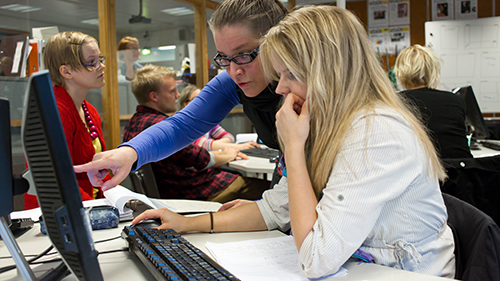
What sort of synergy is there between education today and the education needs of tomorrow?
Despite the rapid pace of change in the world, much remains the same. The children are future citizens, workers, vállalkozók, decision makers and parents. The education system cannot be an isolated part of the society, it has to adapt to the changes, create change, and hold on to valued parts that do not need to be changed.
Pupils entering the Finnish comprehensive education system at the age of seven will stay in the workforce until around 2070’s. Ez idő alatt, tools and occupations will probably undergo drastic changes. The aim of our education system is to equip all our children with the necessary knowledge and skills to take part in shaping their own future. These skills and knowledge are not the same as for our generation. Ezért, the curriculum, learning environments, teacher education, school leadership, learning materials and tools need constant updates.
The education system should also be a catalyst of change. Pupils as innovators and new thinkers, teachers as managers and coaches of learning, and schools as future oriented learning organizations can bring new innovations to improve society and provide competitive advantage in global competition. This requires autonomy and room for rethinking on all levels in the education system.
We must also always remember that children are still children, needing care, room for play, and protection and guidance from responsible adults. The values inherent in our new core curriculum for comprehensive education remain largely the same: uniqueness of pupils and their right to good education, humanity, comprehensive knowledge of the world, equality, democracy, seeing cultural differences as richness, and the necessity of a sustainable way of life.
As far as future educational needs are concerned, we should see and hear the signals and needs coming from the society at large. We should also actively engage in creating the responses, and continue passing on the values and ideas that previous generations have guarded and passed on to us.
Why an integrated hybrid education now? What is it about the present moment that means more real world skills are needed to be brought into the classroom?
More information is accessible to more people all the time, and the life cycle of information has shortened. We need continuous personal development to keep pace with this, to be able to shape our own lives and have fulfillment. The avalanche of knowledge and information is just too much. We need skills and comprehension which will not become outdated, but instead create a basis to a continuous renewal: skills of thinking and learning, social skills, ICT-skills, creative and innovative skills. The competition over students’ idő, motivation and attention has become more intense than before. Schools need to find new ways to engage their students, now and also in the future. We in Finland are trying to do this, and that is why we put great effort in continuously developing our education and school system.
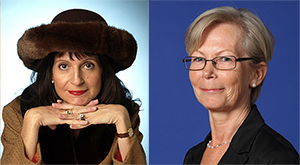
(All photos are courtesy of the Embassy of Finland Washington D.C.)
Csatlakozz hozzám és világszerte elismert szellemi vezetők többek között Sir Michael Barber (UK), DR. Michael blokk (Az US), DR. Leon Botstein (Az US), Professzor Clay Christensen (Az US), DR. Linda Darling-Hammond (Az US), DR. MadhavChavan (India), Professzor Michael Fullan (Kanada), Professzor Howard Gardner (Az US), Professzor Andy Hargreaves (Az US), Professzor Yvonne Hellman (Hollandiában), Professzor Kristin Helstad (Norvégia), Jean Hendrickson (Az US), Professzor Rose Hipkins (Új-Zéland), Professzor Cornelia Hoogland (Kanada), Tisztelt Jeff Johnson (Kanada), Mrs. Chantal Kaufmann (Belgium), DR. EijaKauppinen (Finnország), Államtitkár TapioKosunen (Finnország), Professzor Dominique Lafontaine (Belgium), Professor Hugh Lauder (UK), Lord Ken Macdonald (UK), Professor Geoff Masters (Ausztrália), Professzor Barry McGaw (Ausztrália), Shiv Nadar (India), Professzor R. Natarajan (India), DR. PAK NG (Szingapúr), DR. Denise Pope (US), Sridhar Rajagopalan (India), DR. Diane Ravitch (Az US), Richard Wilson Riley (Az US), Sir Ken Robinson (UK), Professzor Pasi Sahlberg (Finnország), Professzor Manabu Sato (Japán), Andreas Schleicher (PISA, OECD), DR. Anthony Seldon (UK), DR. David Shaffer (Az US), DR. Kirsten Magával ragadó Are (Norvégia), Chancellor Stephen Spahn (Az US), Yves Theze (LyceeFrancais számú amerikai egyesült államokbeli), Professor Charles Ungerleider (Kanada), Professzor Tony Wagner (Az US), Sir David Watson (UK), Professzor Dylan Wiliam (UK), DR. Mark Wormald (UK), Professzor Theo Wubbels (Hollandiában), Professzor Michael Young (UK), és professzor Minxuan Zhang (Kína) mivel azok feltárása a nagy kép oktatási kérdés, hogy minden nemzet ma szembesül.
A Global Search Oktatási közösségi oldal
C. M. Rubin a szerző két legolvasottabb internetes sorozat, amely megkapta a 2011 Upton Sinclair díjat, “A Global Search for Education” és “Hogyan fogjuk olvasása?” Ő a szerzője a három bestseller könyv, Beleértve The Real Alice Csodaországban, a kiadó CMRubinWorld, és egy Disruptor Alapítvány ösztöndíjasa.
Kövesse C. M. Rubin on Twitter: www.twitter.com/@cmrubinworld


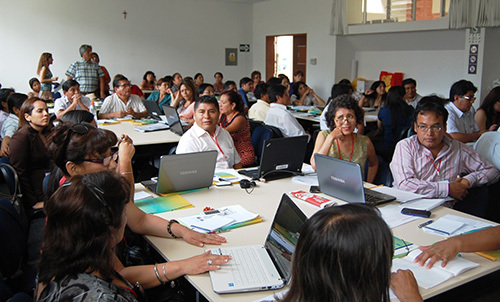

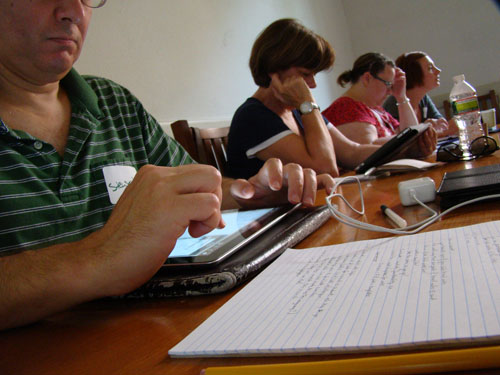

Legutóbbi hozzászólások